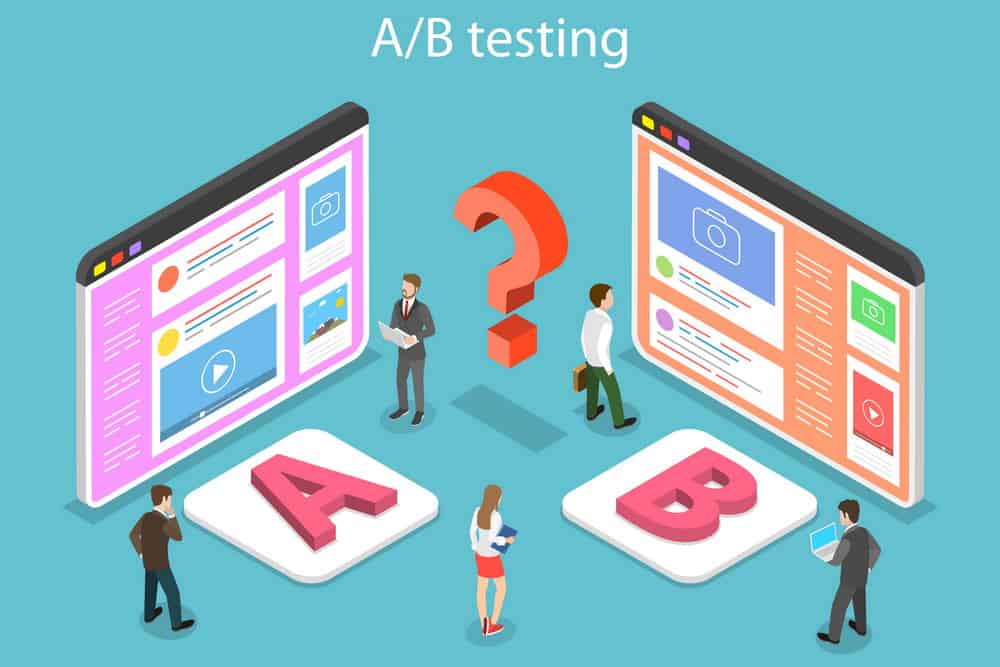The point of SEO is to make sure that your site and its individual pages rank well for given keywords and phrases. If it’s not, you change things up. That is where SEO testing comes in. SEO testing is a valuable tool for improving already-implemented SEO strategies.

This post will discuss seven tips for performing SEO experiments. Right off the top, it is important to understand the SEO testing is not the same thing as site testing. The goal is not to test a site’s performance in advance of releasing it to the public.
SEO testing is a step-by-step strategy for making SEO changes to your website and then observing the impact those changes have. Changes that improve SEO performance can be kept and further enhanced. Those that do not are either abandoned or modified and then retested.
With that out of the way, here are our seven tips for performing SEO experiments:
1. Don’t Assume It’s Necessary
The most important tip we can offer is this: do not assume it’s necessary. Website owners who test for the sake of doing so are more likely to jeopardize whatever SEO benefits they are already seeing. Instead, first determine whether or not testing would even help in your case.
An analysis of your organic traffic sets the stage. Is your site getting a significant number of organically-driven visits? If so, you may have good reason to run some SEO experiments. If not, no amount of SEO testing is going to improve page rankings.
A lack of organic traffic suggests other things on your site need to change first. Focus on things like creating quality content and generating links. Look at your site’s user experience. The idea is to give both Google and web users a reason to go to your site.
2. Start with a Hypothesis
Some SEO providers jump right in to choosing a few pages, deciding on and making changes, and then measuring the results straight away. We prefer starting with a hypothesis. The hypothesis attempts to explain why certain pages on your site might not be performing as well as you would like them to.
A hypothesis essentially states your belief that doing A will result in B. For example, you might hypothesize that updating old content to make it evergreen should result in those pages generating more consistent organic traffic.
Only with a hypothesis in place can you test specific strategies and measure their effectiveness. Without a hypothesis, SEO testing is little more than a digital snipe hunt.
3. Utilize A/B Testing
There are different ways to run SEO experiments. You can embark on what is known as serial testing. This involves changing one particular aspect across your entire site and seeing what happens. You could try time testing as well. This is a practice of changing just one page and seeing how things go for a time.
We prefer A/B testing. This is a strategy of choosing a small number of pages to modify, then comparing the results against an equal number of unmodified control pages.
A/B testing for SEO purposes is no different than A/B testing for mobile apps, consumer products, and the like. It is specifically designed to compare changes against a control group for more accurate results.
4. Start with Easy Experiments
If you have never attempted SEO testing before, start easy and go slow. One of the easiest types of tests to run involves modifying page descriptions and meta-titles. Search engines use both in an attempt to understand page content.
You might run a test in which you modify your meta-titles to include new keywords with a higher click-through rate (CTR). Once you have the results of that test, you may run a similar test to modify keywords for position rather than CTR.
5. Start with Already Visible Pages
Earlier, we talked about not bothering with SEO experiments if your page isn’t already getting a decent amount of organic traffic. This next tip is based on that same principle: start with already visible pages.
Running tests on pages that already get a decent amount of traffic will give you more accurate results. If those changes work on visible pages, you can try applying them to other pages that do not get any traffic. They might help.
6. Choose Your Pages Randomly
One of the keys to successful A/B testing is to randomize the pages you choose for both the test and control groups. Not choosing pages randomly could skew the results by not accounting for your own bias.
How do you choose pages randomly? Some SEO testing software packages offer a built-in tool. If you do not have access to such a tool, you have to do it manually. It’s easy enough. Check your spreadsheet application for a random range function. If yours doesn’t have one, Google Sheets does.
You just import page URLs into the spreadsheet. Then highlight all the cells and invoke the random range function. You create your test and control groups by choosing a certain number for each and pulling them from the top of the resulting list.
7. Predetermine Test Duration
Before you begin any SEO testing, it is important to determine test duration. You are going to need to allow at least enough time for Google, Bing, and the rest to crawl and re-index your pages. Plan on that taking at least a few days. Beyond that, you might want to extend the test for a few weeks or months.
The goal is to get as large a data set as possible without waiting too long to cut things off. The larger the data set, the more accurate your test measurements will be. That said, the point of determining test duration ahead of time is to avoid the temptation of starting a test and never completing it.
SEO testing is a valuable tool for improving a website’s search engine performance. Hopefully, the tips we have offered will get you started as you seek to utilize testing for the first time.














